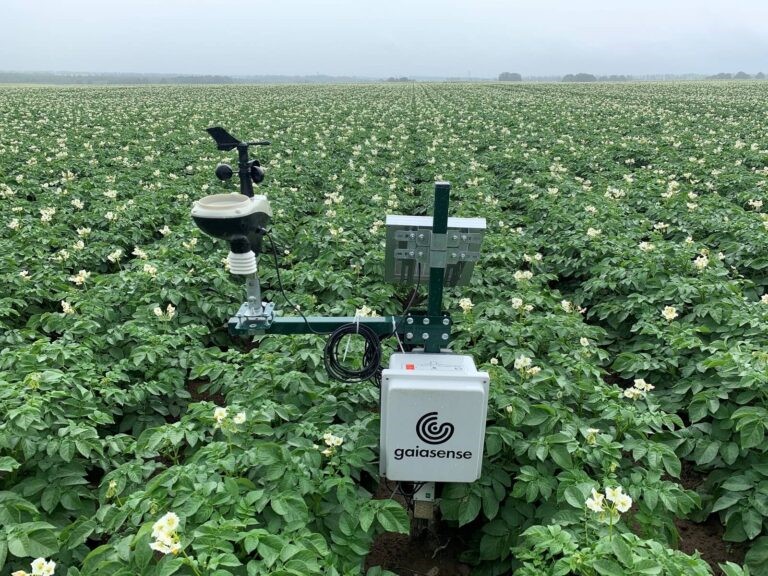The growing need for timely and accurate weather forecasts originates from many sectors, such as agriculture, aviation, renewable energy, civil protection etc.
One of ACROSS’s main plans, is the development and the demonstration of technologies that enhance the skill of weather forecasting, through the increase of the spatial resolution of both global and regional forecasting systems and of other essential parameters (such as the number of vertical levels in the atmospheric column). Weather plays a major role to agricultural production, as it influences the crop growth, the water needs and the incidence of pests and diseases. Actually, in FAO’s Climate-Smart Agriculture Sourcebook[i] the impact of climate in food production is clearly highlighted especially under the prism of climate change.
“Crop production is highly sensitive to climate. It is affected by long-term trends in average rainfall and temperature, interannual climate variability, shocks during specific phenological stages, and extreme weather events[ii]. Some crops are more tolerant than others to certain types of stresses, and at each phenological stage, different types of stresses affect each crop species in different ways. As climate changes, crop production strategies must change too[iii]. There will always be some uncertainty associated with modelling the complex relationships between agricultural yields and future climate scenarios”
Smart farming through its accurate weather predictions aims to help the users/clients take measures fast against an extreme weather event and adapt their crop/water management according to successfully predicted weather conditions. It provides the means to move on to climate-smart agriculture and adapt to newly emerged requirements. As defined by the World Bank[iv]: “Climate-smart agriculture (CSA) is an integrated approach to managing landscapes—cropland, livestock, forests and fisheries—that addresses the interlinked challenges of food security and accelerating climate change. CSA aims to simultaneously achieve three outcomes:
1. Increased productivity: Produce more and better food to improve nutrition security and boost incomes, especially of 75 percent of the world’s poor who live in rural areas and mainly rely on agriculture for their livelihoods.
2. Enhanced resilience: Reduce vulnerability to drought, pests, diseases and other climate-related risks and shocks; and improve capacity to adapt and grow in the face of longer-term stresses like shortened seasons and erratic weather patterns.
3. Reduced emissions: Pursue lower emissions for each calorie or kilo of food produced, avoid deforestation from agriculture and identify ways to absorb carbon out of the atmosphere.”
Regional forecasting (deterministic and ensemble) in high resolutions will improve farming services developed by NEUROPUBLIC and its gaiasense system[v], as they will provide much more accurate (and timely) predictions of temperature, relative humidity, precipitation, evapotranspiration, etc. Furthermore, the assimilation of meteorological data originating from the agrometeorological stations network of NEUROPUBLIC will contribute also to the achievement of the CSA goals, as the already improved forecasts will be furthermore adapted to the conditions of the field and lead to significant benefits for the farmer and its production.
[i] http://www.fao.org/climate-smart-agriculture-sourcebook/en/
[ii] IPCC. 2012. Managing the risks of extreme events and disasters to advance climate change adaptation.
[iii] Simpson, B.M. 2017. Preparing Smallholder Farm Families to Adapt to Climate Change. Pocket Guide 2: Managing crop resources. Catholic Relief Services: Baltimore, MD, USA.
[iv] https://www.worldbank.org/en/topic/climate-smart-agriculture



